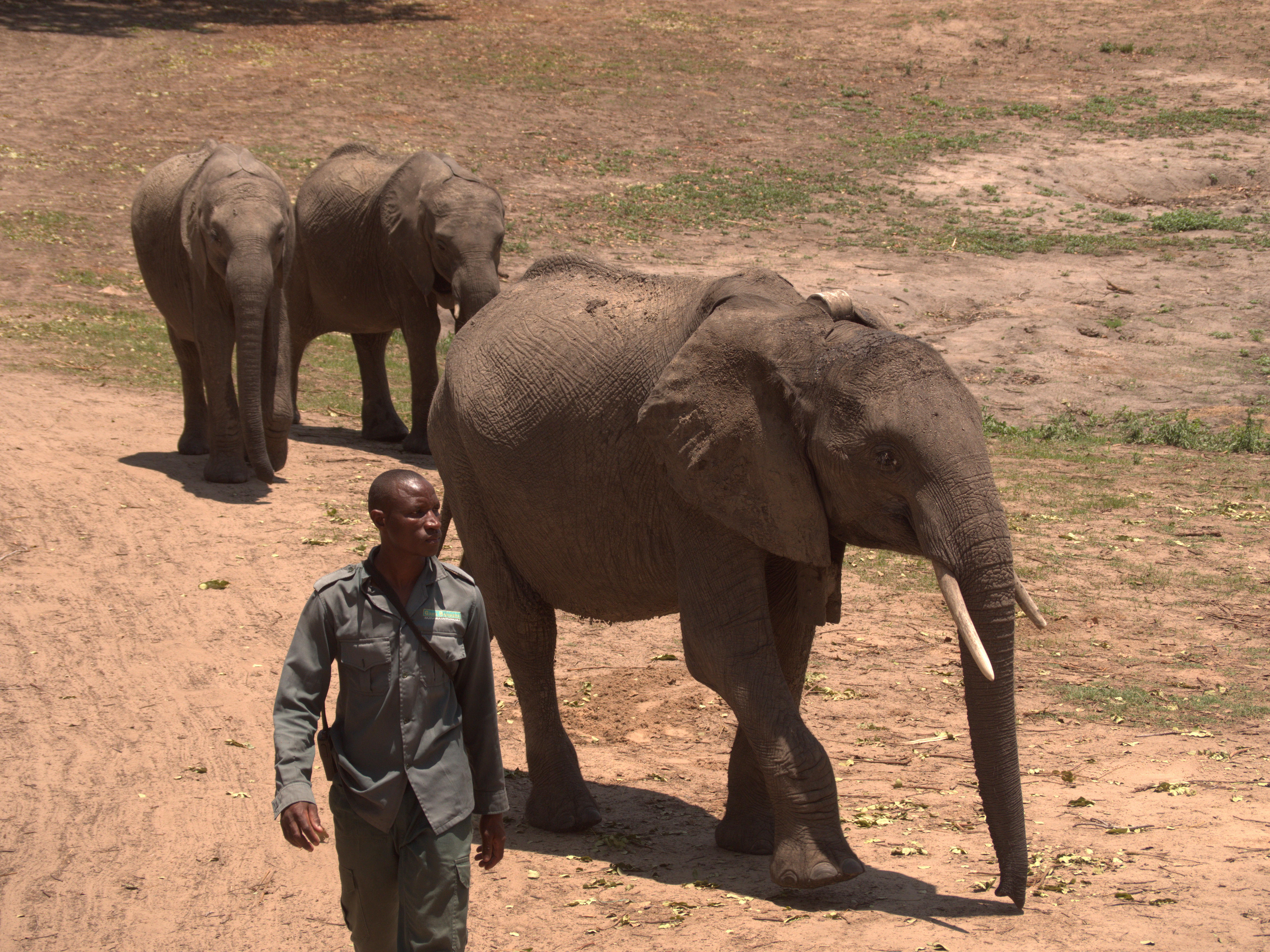Understanding Elephant Emotions
- Madelaine Barr
- Apr 1, 2021
- 2 min read
Updated: Jul 5, 2021
Elephants are highly intelligent animals that have complex emotions, just like humans

A critical part of working with elephants is understanding their emotions. As well as giving an indication of the elephant’s health and welfare, this is also critical for the Wildlife Ranger's own safety.
Working with elephants, especially in a free contact situation (where the Wildlife Rangers share the same space as the elephants) can be very dangerous. Especially with the older bulls who are starting to mature and test boundaries, like those at the Kafue Release Facility. Throughout their training, the Wildlife Rangers are taught to recognise and interpret when there may be something wrong, upsetting or frightening to an elephant, in order to assess the situation and deal with it before it escalates into aggressive behaviour or a safety risk.
These indicators can range from very clear signs of aggression or frustration to very subtle signs of anxiety and nervousness - this may be caused by something in the environment, such as a predator or snake, or a social issue between two elephants, or might indicate that the elephant just isn't feeling well! - the Wildlife Rangers need to be able to 'read' the emotions of the elephants they care for.

Elephants have a wide range of behaviours, some of which are very subtle. As with humans, you sometimes have to look at the circumstances around when are performed to really tease out the possible motivation behind the behaviour. For example, an “alert” posture where the elephants head is held up tensely, ears up and out and back arched looking intently in one direction could mean a threat, for example there is a lion in the distance, or a snake in the grass, but it could also mean a long missed surrogate sibling is on the horizon and they can’t wait to rush and greet them!
Contributor: Lisa Olivier (GRI Head of Research)
















Comments